Plenty of tomb: Finland’s 100-year plan for burying nuclear waste
When it comes to spent radioactive fuel – and engineering people’s consent for its disposal – Helsinki is centuries ahead of Washington and the rest of the world, literally
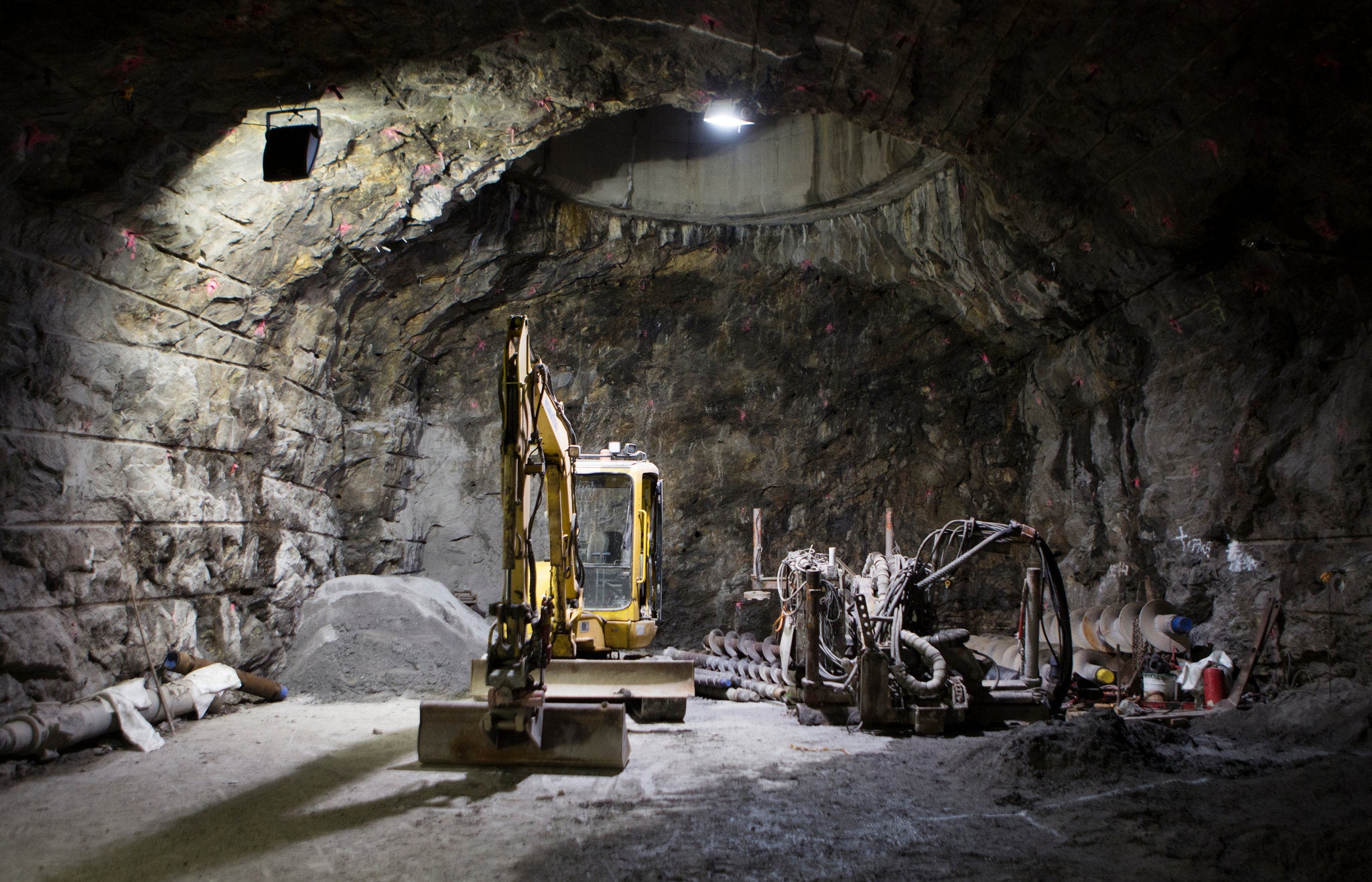
Your support helps us to tell the story
From reproductive rights to climate change to Big Tech, The Independent is on the ground when the story is developing. Whether it's investigating the financials of Elon Musk's pro-Trump PAC or producing our latest documentary, 'The A Word', which shines a light on the American women fighting for reproductive rights, we know how important it is to parse out the facts from the messaging.
At such a critical moment in US history, we need reporters on the ground. Your donation allows us to keep sending journalists to speak to both sides of the story.
The Independent is trusted by Americans across the entire political spectrum. And unlike many other quality news outlets, we choose not to lock Americans out of our reporting and analysis with paywalls. We believe quality journalism should be available to everyone, paid for by those who can afford it.
Your support makes all the difference.Beneath a forested patch of land on the Gulf of Bothnia, at the bottom of a steep tunnel that winds for three miles through granite bedrock, Finland is getting ready to entomb its nuclear waste.
If all goes well, sometime early in the next decade the first of what will be nearly 3,000 sealed copper canisters, each up to 17ft long and containing about two tons of spent reactor fuel from Finland’s nuclear power industry, will be lowered into a vertical borehole in a side tunnel about 1,400 feet underground. As more canisters are buried, the holes and tunnels – up to 20 miles of them – will be packed with clay and eventually abandoned.
The fuel, which contains plutonium and other products of nuclear fission, will remain radioactive for tens of thousands of years – time enough for a new ice age and other epochal events. But between the 2-inch-thick copper, the clay and the surrounding ancient granite, officials say, there should be no risk of contamination to future generations.
“We are pretty confident we have done our business right,” says Timo Aikas, a former executive with Posiva, the company behind the project. “It seems the Olkiluoto bedrock is good for safe disposal.”
The Onkalo repository is expected to cost around £3bn over the century or so that it will take to fill it – it will be the world’s first permanent disposal site for commercial reactor fuel. With the support of the local municipality and the national government, the project has progressed relatively smoothly for years.
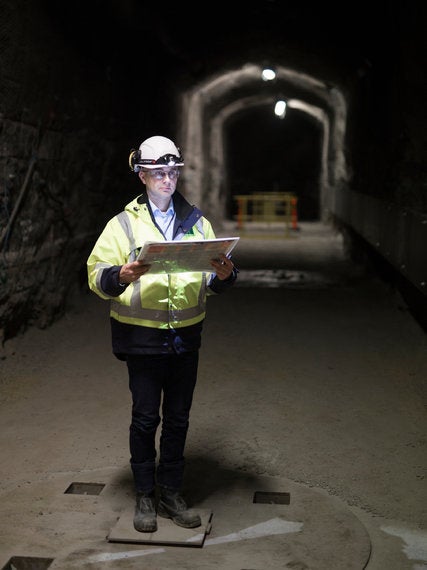
That is a marked contrast to similar efforts in other countries – most notably in the US where there have been efforts to create a deep repository in Nevada. The Yucca Mountain project, which would handle spent fuel that is currently stored at 75 reactor sites around the country, faced political opposition from Nevada politicians for years and was defunded by the Obama administration in 2009.
Now, with the backing of the nuclear power industry the Trump administration wants to take the project out of mothballs. But its fate remains uncertain.
Experts in nuclear waste management say the success of the Finnish project is due in part to how it was initially showcased to the people whose lives would be most affected by it. Each community under consideration as a repository location was consulted and promised veto power should it be selected.
In 1987 Washington pre-emptively directed that only Yucca Mountain be studied as a potential site, effectively overruling opponents in Nevada who were worried that the project might affect water supplies or otherwise contaminate the region.
“When you look at the Finnish repository, it’s natural to admire the technical accomplishment,” says Rodney C Ewing, professor of nuclear security at Stanford University. “But of equal importance has been the social accomplishment.”
Posiva’s Timo Aikas, who was involved in the Finnish site selection process beginning in the 1980s, says he and his colleagues learned early lessons about the need to consult local residents.
“We ran into difficulties because we tried to behave as industry did back then – we’d decide and announce,” he says. Invariably, he adds, by presenting decisions as unreviewable, they ran into local opposition.
“Very soon we learned that we had to be very open,” says Aikas. “This openness and transparency creates trust.”
When five sites were selected for further study 30 years ago, offices were opened in each community to provide information.
The approach proved so successful that when it came time for the national government to make a final decision on a repository in 2000, officials in Eurajoki, the municipality that includes Olkiluoto Island, agreed to host it on one condition: that Posiva would not present the government an option to choose any other site.
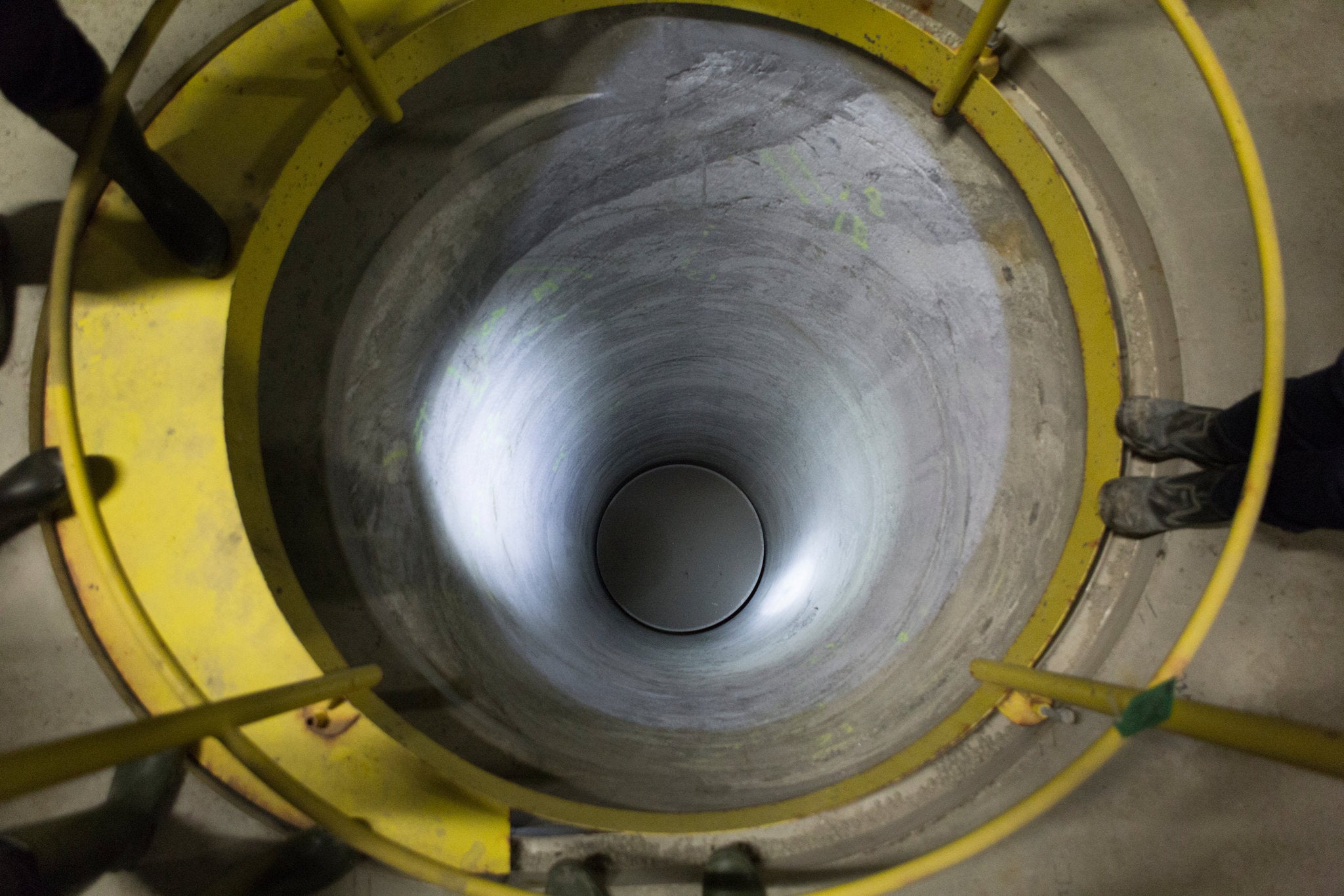
Eurajoki officials had concerns early in the process, says Aikas, but eventually came to see that the repository would provide property tax revenue and jobs. The municipality also had experience with nuclear power: two of the country’s four operating nuclear power reactors are on Olkiluoto, less than two miles from the repository, and a third plant is under construction nearby.
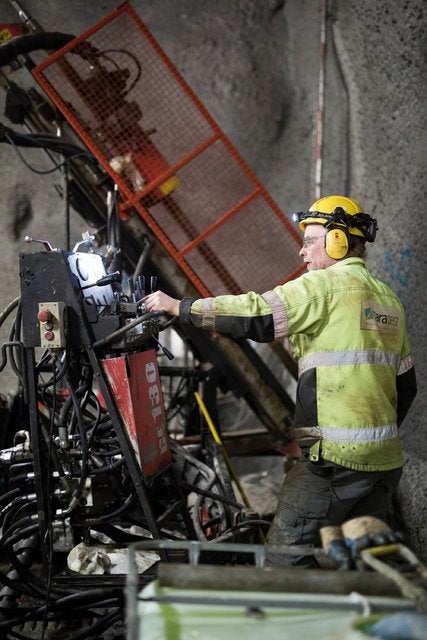
Finland’s success
A decision in 1983 in Helsinki laid the groundwork for the success of the repository project. The government established the principle that the companies creating the waste –TVO, which owns the reactors at Olkiluoto, and Fortum Power and Heat, which owns the other two – were responsible for disposing of it. The role of government agencies was only approval and regulatory roles.
“It has always been important to resolve this spent-fuel issue and keep it in the hands of the power company,” says Posiva’s Aikas – the company, which is developing the repository, is a joint venture of the two utilities.
At the Onkalo site, workers drill into the bedrock down near the 1,400-foot level, taking core drills to study the characteristics of the granite. Above ground, near the curving entrance to the tunnel, construction has begun on a building where the spent fuel, currently cooling in pools at the Olkiluoto reactors, will be readied for burial, handled by remote-controlled machinery as radiation levels will be high. Spent fuel will also eventually be shipped here from Fortum’s reactors, on Finland’s southeastern coast.
Kimmo Kemppainen, research manager for the project, says that in characterising and mapping the rock, it was important to locate, and avoid, fractures where water could flow, since the disposal site was below the water table. But even if water gets near a canister, he says, the clay should form a barrier and keep corrosion of the copper – which could result in a radiation leak – to a minimum, even over tens of thousands of years.
Kemppainien has worked on the project for 14 years. “My personal opinion is that for this generation that has used nuclear power, at least we should do something about the waste,” he says. “It’s not safe to store it on the surface.”
Meanwhile in America
In the US, more than 80,000 tons of spent fuel are stored on the surface, in pools or dry steel-and-concrete casks, at operating nuclear reactors and at other sites near now-closed plants. The original deadline to have a repository operating by 1998 is long past.
The project at Yucca Mountain, in the Mojave Desert about 100 miles northwest of Las Vegas, has been studied for years at a cost of more than £10bn. In 2008 the government applied for a construction licence from the Nuclear Regulatory Commission. But the Obama administration moved to withdraw the licence application two years later.
With the election of President Donald Trump, advocates for Yucca Mountain saw a chance to revive it.
“This is a very important national project,” says Rod McCullum, a senior director at the Nuclear Energy Institute, an industry body. “If we can do this safely, we would be ashamed of ourselves if we didn’t do it.”
The Trump administration is seeking $120m (£95m) to reopen the licensing process. And in a symbolic gesture, in his first official trip, Trump’s climate-change denying energy secretary Rick Perry toured the site where little exists beyond a five-mile-long exploratory tunnel.
Congress rejected the licensing in this year’s budget, and the 2018 budget process is just starting. Even if the $120m is allocated, it could take a half-decade or longer, and much more money, to complete the process, which would involve a lengthy hearing before administrative judges on hundreds of environmental and safety issues raised by opponents.
Most Nevada politicians vow to fight the project. There are concerns about the long-term safety of drinking water supplies – unlike the Finnish repository, the Nevada site sits above the water table. That aside, Nevadans just don’t want it.
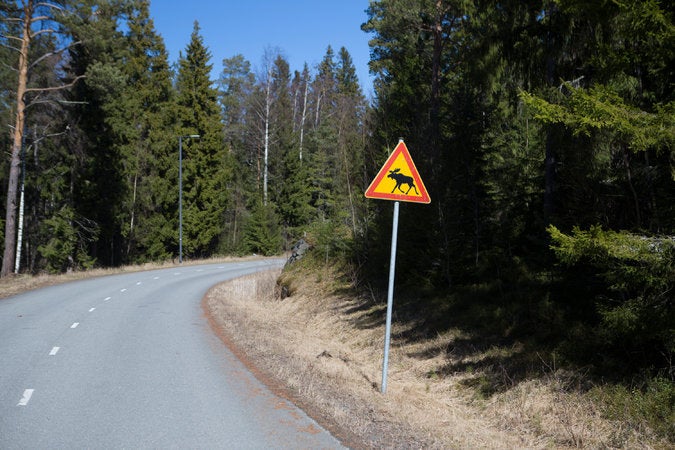
The decision to put the repository there “was based on bad politics, not good science,” says Democratic senator Dina Titus, who represents a Las Vegas district.
“The main issue is consent,” she says. She and other members of the delegation have introduced a bill that would require the host state’s approval before the repository could be built.
In a 2012 report, an expert panel established by the Obama administration to develop a new strategy for managing spent fuel recommended a similar consent-based process. It had another Finland-like recommendation as well: that responsibility for nuclear waste be taken from the government and put in the hands of an organisation created solely for that purpose.
Those recommendations have not been acted upon. But it is also unclear whether Yucca Mountain, if revived by the Trump administration, would succeed under the current approach.
“It could be that the federal government could prevail and after some decades we would have a repository,” says Ewing. “It could be that after several decades the federal government could fail and we would be where we are at today.”
There’s a lot to be said for how Finland handled its situation, he adds. “If you treat people fairly and present them the information, if the repository is safe, you should be able to get some communities to respond positively”.
© New York Times
Join our commenting forum
Join thought-provoking conversations, follow other Independent readers and see their replies
Comments